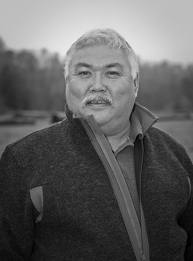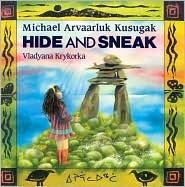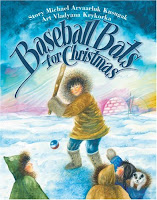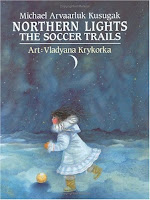I was so impressed with Melissa Walker’s A Place for Delta, that I jumped at the change to have her as my guest. To read my review, click on the link above.
I asked Melissa to write a post about how she did her research for the book. Welcome to So Many Precious Books Melissa.
I use the word “research” as an active verb that involves finding people who know what I want to learn, arranging appointments, asking questions in a casual environment, and conducting formal interviews. Sometimes a telephone call yields what I’m looking for, but often more is required. Finding what I needed to write the Delta book required much more: flying across the continent and up to remote places inaccessible by motor vehicle, driving through mountain passes down dead-end roads, bunking in unheated shared quarters in an Arctic research station, and peeking through barred windows waiting to see roaming polar bears.
I’ve learned through years of exploring and writing to be open to chance encounters and to assume that in certain environments (like Pepe’s Mexican restaurant in Barrow, Alaska) any one person might be helpful. So, what do I do? I listen to the talk around me, usually surreptitiously. In other words, I eavesdrop before I decide which of the people around me seems promising. Then I might start a conversation with a casual question. That’s how I met two men who were leaving the next day for the Colville River where they would dig for dinosaur fossils; and how I met a group of four men who told me they worked in the oil industry, although they assured me they did not work for “Big Oil.” Readers of A Place for Delta will recognize scenes inspired by these encounters. Fran Tate, proprietor of “Pepe’s,” and her son Joe Waterman were as available to me as they were to Joseph and Ada in the book.
Scheduled meetings with experts helped me get the facts straight and to understand the scope of the research conducted by scientists in the Arctic. I learned from wildlife biologists, lawyers, veterinarians, native whaling captains, Eskimo elders, artists and more. Scott Schliebe, polar bear specialist and marine mammal biologist with the U.S. Fish and Wildlife Service, granted me a lengthy interview. From Scott I learned about polar bear habitats and what threatens them and about the methods used to study polar bear dens.
The parts of the story that are set in the Appalachian Mountains of North Georgia required a different kind of research. I revisited an ecosystem that I’ve been exploring from time to time since I was a child. Exploring the woods alone, I once encountered a coil of rattlesnakes in a tree hollow, and another time saw young red salamanders scurrying down a mountainside. Talks with local naturalists have enhanced my knowledge of these and other native creatures.
I still have a great deal to learn about search and rescue dogs. But I learned enough from Pam Nyberg, who trains Labrador retrievers to search out human remains, to write the chapter about a dog’s help in solving one of the book’s mysteries.
From where I sit at my desk are two shelves of books. More than thirty are just about polar bears; some twenty-five about black bears and grizzlies. Among the others are books concerning Alaska in general, the Arctic, expeditions to the North Pole, Arctic flora and fauna, whaling, climate change, and global warming. When I first started acquiring books about the far north, I didn’t think I was doing research for a book. I was interested in Alaska, and so I read about it, traveled there some eleven times, and settled into remote cabins for weeks at a time. My interest in the place came first. Then came A Place for Delta.
Last comes the Internet. Through Google I accessed countless sites with information I could find easily. Especially valuable were sites with videos of cubs being born and vocalizing while nursing their mothers. Another site featured a cub in the wild, floundering in the snow and calling out in a human-like squall for its mother. Especially useful was footage from the Quebec, Berlin, and Denver zoos of cubs being cared for by human caretakers, much as Kate and Joseph take care of Delta.
When I was asked to write about the process of researching A Place for Delta for this blog, I knew I would have fun recalling how I go about learning in order to write a book that can both instruct, inspire, and entertain. So, there you have it. I did it.
Melissa Walker, Ph.D., has been a professor of English at the University of New Orleans and Mercer University and a Fellow in Women’s Studies at Emory University. She’s has been an advocate for civil rights and a national leader for wilderness preservation. Her current commitment is to empower children to understand their place in the natural world and to discover how they can help save the environment. A Place for Delta is the first of a planned series of novels (chapter books) that will follow the adventures of the characters as they learn to take their place in a complex world. Walker’s previous books include Writing Research Papers, 4 editions (W. W. Norton, 1982–1997); Down from the Mountaintop (Yale University Press, 1991); Reading the Environment (W. W. Norton, 1994); and Living on Wilderness Time: Two Hundred Days Alone in America’s Wild Places (University of Virginia Press).
Copyright 2007-2010: All the posts within this blog were originally posted by Teddy Rose and should not be reproduced without express written permission.








